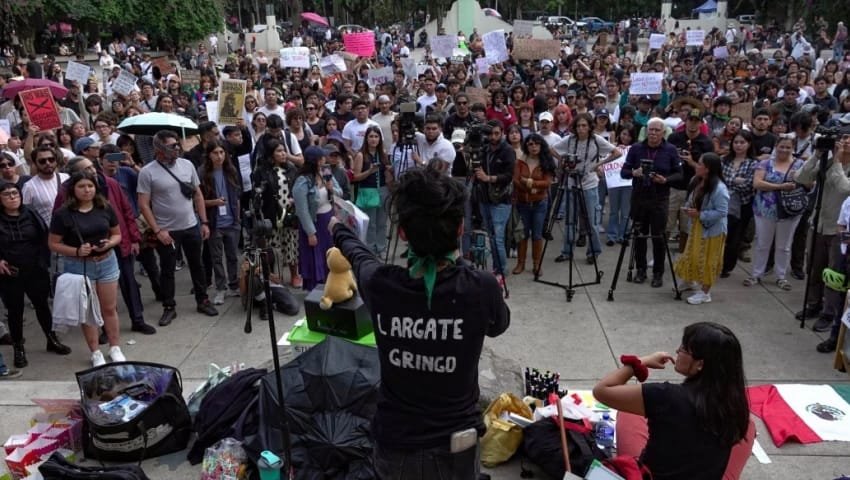Mexico City — On July 4, 2025, hundreds of citizens gathered in Parque México, located in the Cuauhtémoc borough, to participate in the first march against gentrification in Mexico City. The demonstration, organized by residents of neighborhoods such as Roma, Condesa, Doctores, and Obrera, sought to highlight an urban phenomenon that has radically transformed the social and economic fabric of these areas, where land use was altered years ago and has since evolved into a major commercial and restaurant hub, providing employment for thousands of city residents.
Gentrification, understood as the process by which lower-income neighborhoods are transformed by the arrival of wealthier residents, has led to skyrocketing rental and service prices. This has displaced long-time inhabitants who can no longer afford to live in their own communities. However, this phenomenon is not unique to Mexico City but is experienced worldwide.
Real Estate Practices
During the march, protesters denounced real estate practices that prioritize renting to foreigners earning dollars, as well as the role of platforms like Airbnb in dollarizing the housing market. Some political groups attempted to impose a “Monroe Doctrine for Mexico,” suggesting that areas like La Condesa should be reserved only for those born there, disregarding the jobs and economic benefits these spaces generate for the city’s functioning and tax revenue.
“Gringos Out!”
Chants such as “Gringos out!” and “Spanish spoken here!” reflected the anger of demonstrators over what they perceive as a loss of cultural identity and economic exclusion—as if Mexico City could isolate itself from globalization. The protest, organized by radical political groups, turned violent, with acts of vandalism against businesses, confrontations with tourists, and criticism directed at public figures like influencer Luisito Comunica, accused of promoting gentrification. Authorities witnessed these regrettable actions, which are legally classified as crimes.
The city government responded by stating that the fight against gentrification should not be used as an excuse to promote hate speech or discriminatory practices. This stance reflects the delicate balance between the right to the city and the need to avoid xenophobia.
Lingering Questions
In summary, the July 4 march not only exposed social discontent over gentrification but also sparked an urgent debate about the future of housing, neighborhood identity, and public policy in Mexico’s capital. Can a city grow without affecting others? Should Clara Brugada take legal action against those responsible for the crimes committed? Could this deter investment in a city that desperately needs it to continue supporting its most vulnerable residents?
These are the questions that remain after the storm. If no action is taken, the city will continue to consume itself, and the marches—like the issues they protest—will persist without resolution.
Discover more from Riviera Maya News & Events
Subscribe to get the latest posts sent to your email.
